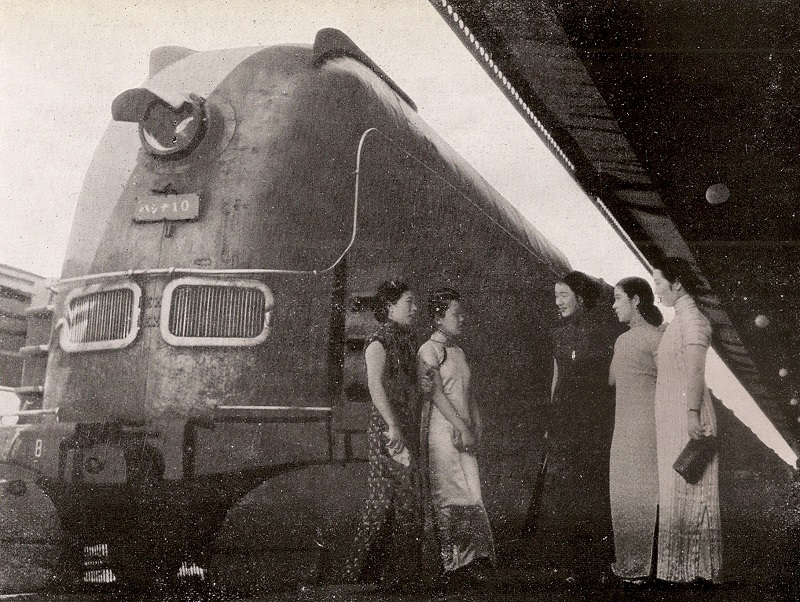Ultra Modernism in Manchuria
Dr Edward Denison, Bartlett School of Architecture, UCL
Guang Yu Ren, Independent Researcher
Awards RIBA President's Awards for Research 2017
Category History & Theory

History is a record of power. The twentieth century – modernism’s century – was dominated by ‘the west’ and its ‘official’ history is a testament to this dominance of ‘others’.
Modernist history is a canon constructed by, for and of the west, with major consequences for architectural encounters with modernity outside the west, which are routinely overlooked or possess an assumed inferiority; a postulation asserted through inauthenticity, belatedness, diluteness and remoteness, geographically, intellectually, and even racially. Few sites demonstrate this historical and intellectual impartiality more explicitly than the north-eastern region of China formerly known as Manchuria before the Second World War, when Japan’s attempts to build an empire throughout the 1930s prompted the construction of over one hundred towns and cities in a new state they named Manchukuo.
Such was the speed and intensity of Manchukuo’s encounter with modernity and its distinction from western precedents, the Japanese branded it ultra-modernism. Ultra-Modernism in Manchukuo was ideologically ubiquitous and became manifest in urban planning, architecture, transportation, photography and film - all essential facets of modern metropolitan life in Manchukuo.
Among the many new cities developed by the Japanese, the jewel in their imperial crown was the vast new capital of Hsinking (‘New Capital’), the city’s nomenclature echoing the ultra-modernity on which empire was built. Despite the scale, scope and consequences of Manchukuo’s encounter with modernity, its experiences have yet to make a significant contribution to architectural knowledge globally.
After more than a decade of research culminating in the recent publication of the first book to focus exclusively on architecture and modernity in Manchuria, this work not only fills a conspicuous gap in existing architectural knowledge and challenges the modernist canon, but also provides important context to the rising tensions in the region, the seeds of which were sown in Manchuria.






